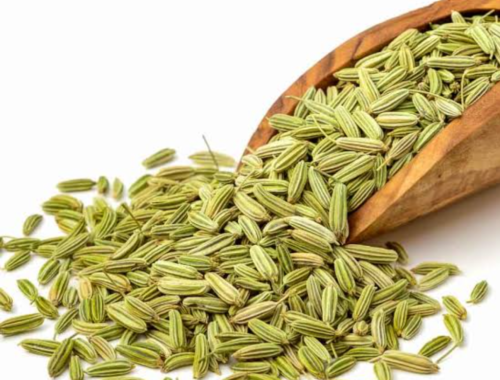Turmeric or Curcuma longa . It is a native to the Indian Subcontinent and Southeast Asia that requires temperatures between 20 and 30 °C (68 and 86 °F) and high annual rainfall to thrive. Plants are gathered each year for their rhizomes, some for propagation in the following season and some for consumption.
The rhizomes are used fresh or boiled in water and dried, after which they are ground into a deep orange-yellow powder commonly used as a colouring and flavoring agent in many Asian cuisine, especially for curries, as well as for the dyeing characteristics imparted by the principal turmeric constituent, curcumin.
Turmeric powder has a warm, bitter, black pepperlike flavor and earthy, mustard like aroma
Curcumin, a bright yellow chemical produced by the turmeric plant, is approved as a food dye by the WHO, EP and United States FDA.
Although long used in Ayurvedic medicine, where it is also known as haridra, there is no high quality clinical evidnce that consuming turmeric or curcumin is effective for treating any disease.





Reviews
There are no reviews yet.